Retro Replay Review
Gameplay
Missile Command 3D begins by faithfully recreating the frantic city-defense gameplay of the original Atari arcade hit. In this classic mode, you control three anti-missile flak cannons and must time your shots to intercept incoming warheads before they devastate your cities. The simple yet addictive design shines through, especially when the pace accelerates and multiple warheads converge from different directions. The inclusion of graphic backdrops and adjustable screen scaling adds a modern convenience, letting players fine-tune visibility and challenge.
The second mode, Missile Command 3D, builds on the original formula by introducing true 3D polygonal missiles and terrain. While the core objective remains—protect your cities at all costs—the added depth dimension forces you to judge elevation as well as horizontal position. It’s a fresh twist that retains the pick-and-shoot intuition of the classic while demanding new spatial awareness. The 3D perspective also spices up target acquisition, since missiles can now approach from above or below your viewpoint.
Virtual Missile Command delivers the most radical departure. Swapping out explosive flak for instant-hit lasers eliminates the need to lead moving targets, making the experience more about rapid aiming than anticipatory firing. You view the battlefield through a first-person perspective and toggle between your three laser cannons via the Jaguar’s numeric keypad. This mode offers nine distinct levels, each culminating in a boss encounter that tests both your accuracy and your ability to switch stations under pressure. The boss battles inject a sense of progression and reward that the original modes lack.
Graphics
The original arcade port benefits from tasteful enhancements without betraying its pixel-perfect roots. Background images—ranging from dusk skies to storm clouds—lend atmosphere to each wave of missile volleys, and the adjustable screen size ensures crisp visuals on modern displays. Though the sprites remain 2D, the added wallpaper art keeps the eyes engaged during tense gameplay.
In Missile Command 3D mode, the Jaguar’s hardware flexes its muscle by rendering missiles, explosions, and terrain as wireframe and solid polygons. The resulting visuals may look rudimentary by today’s standards, but they were a significant leap for a home console at the time. Frame rate remains surprisingly stable even when multiple projectiles cross paths, and the depth cues—shadows, scaling, and perspective shifts—help distinguish safe zones from danger.
Virtual Missile Command embraces first-person polygonal graphics as well, but with an emphasis on clean lines and high contrast to ensure laser bolts and incoming threats stand out. The HUD clearly indicates which cannon is active, and the color-coded lasers are bright against darker backgrounds. Boss arenas feature simple geometric shapes, yet the flashing lights and rapid movement create memorable visual showdowns that break up the standard defense routine.
Story
Missile Command 3D does not unfold a complex narrative; instead, it relies on the eternal premise of defending civilization against an endless barrage of enemy missiles. This minimalist setup harkens back to the pure arcade era, where gameplay tension served as the primary “story.” Each wave brings a heightened sense of dread—will your cities survive another onslaught? That emotional thread drives you onward.
The three distinct modes hint at a loose progression: you start with the nostalgic original, then level up to futuristic 3D visuals, and finally pilot a high-tech laser defense system in Virtual Missile Command. While there are no cutscenes or voiceovers, the structural journey from classic to virtual defense conveys an implicit narrative of technological advancement under siege.
Virtual Missile Command’s boss fights add the only real “characters” to the tale—giant antagonistic structures that require pattern-learning and precision to destroy. Each boss represents an escalating threat, giving you brief moments of triumph and relief before the next challenge begins. Though sparse, these encounters add a fragment of narrative progression that keeps you invested beyond accumulating high scores.
Overall Experience
Missile Command 3D offers a robust package for arcade enthusiasts and retro gamers alike. The inclusion of three modes ensures that both purists and those seeking a twist will find something to love. The classic port is as addictive as ever, while the 3D and Virtual modes introduce fresh mechanics and perspectives that extend replay value.
The game runs smoothly on the Jaguar platform, and the control schemes—whether using a standard controller or the numeric keypad—are intuitive once you adjust. The difficulty curve is steep but fair, rewarding pattern recognition and quick reflexes. Boss battles in Virtual Mode provide satisfying milestones, breaking up the endless wave pattern with memorable set pieces.
For potential buyers, Missile Command 3D represents an affordable slice of arcade history upgraded for home play. Its blend of nostalgia and innovation makes it a standout in the Jaguar library, and its straightforward premise ensures pick-up-and-play appeal. If you crave defensive strategy and high-intensity action in one compact package, Missile Command 3D will more than defend your attention.
 Retro Replay Retro Replay gaming reviews, news, emulation, geek stuff and more!
Retro Replay Retro Replay gaming reviews, news, emulation, geek stuff and more!
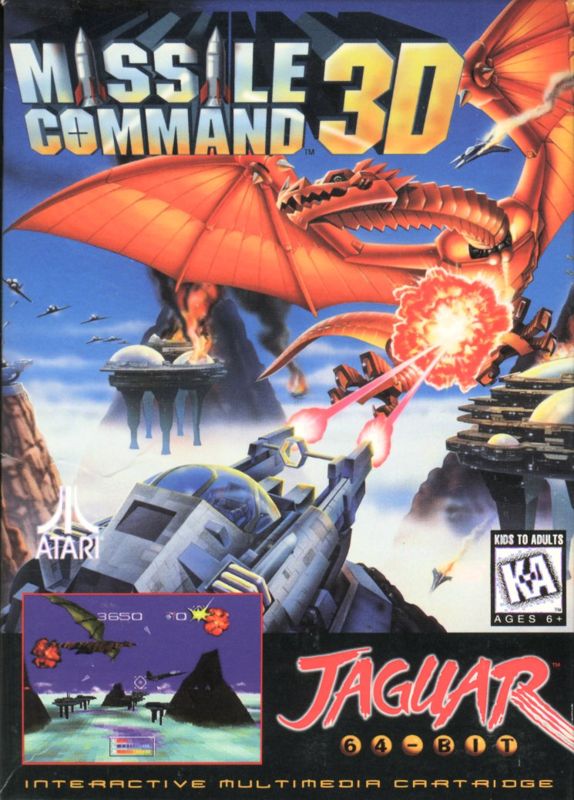

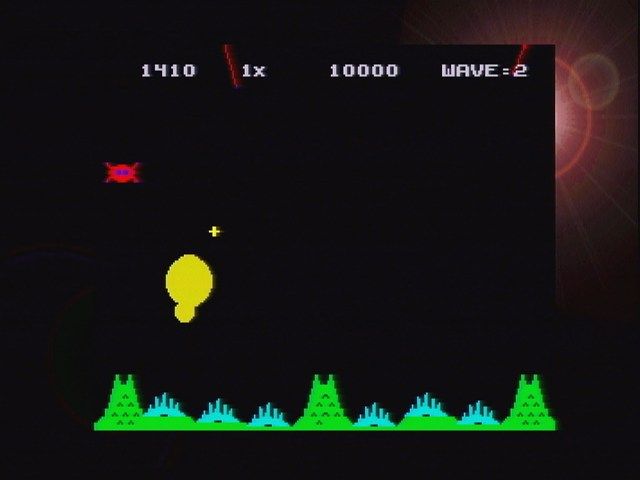
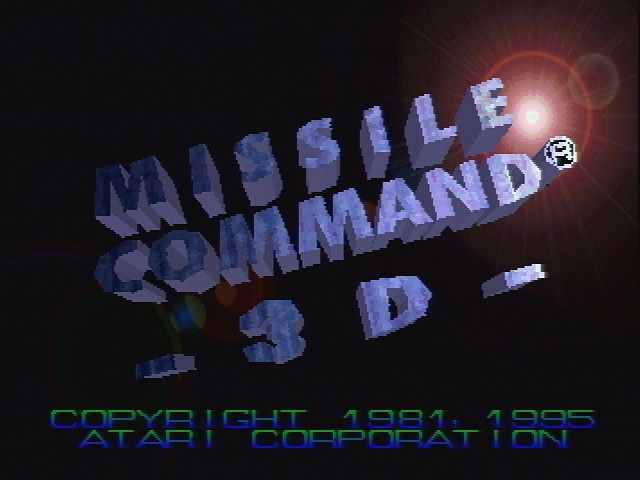
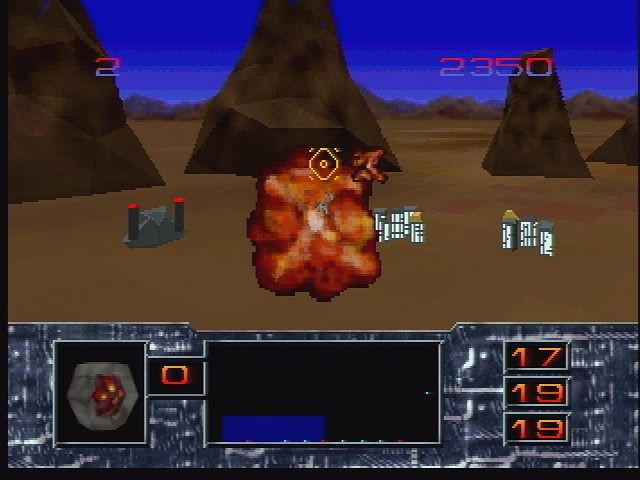
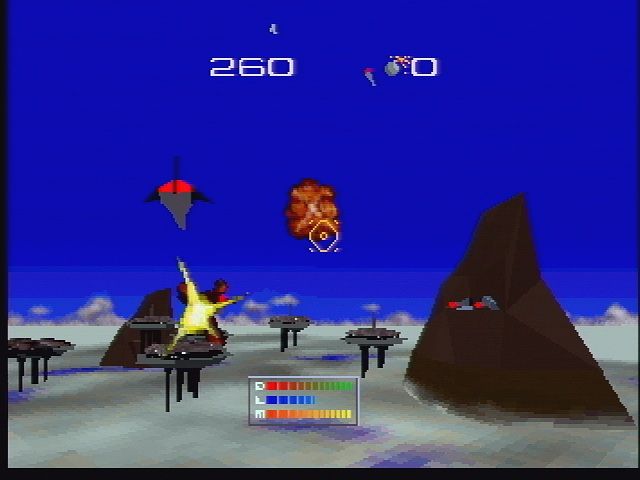


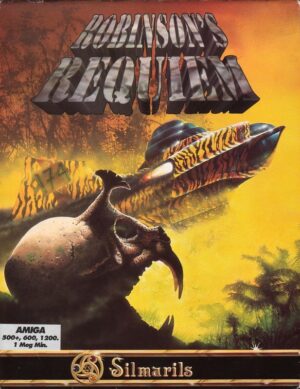
Reviews
There are no reviews yet.